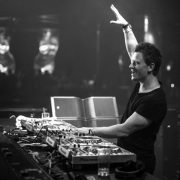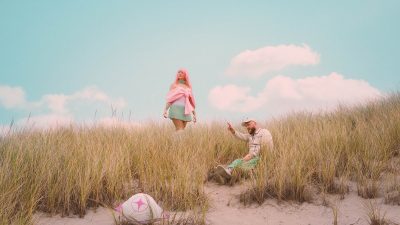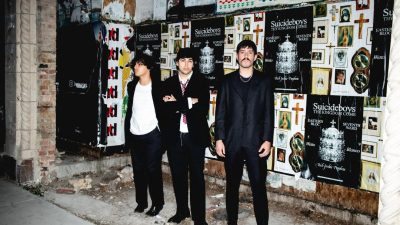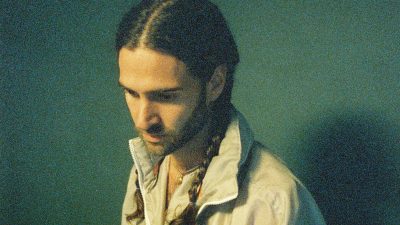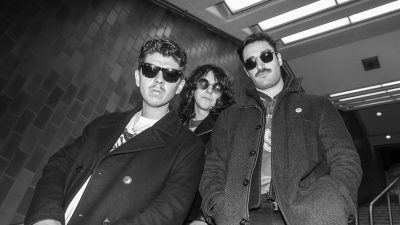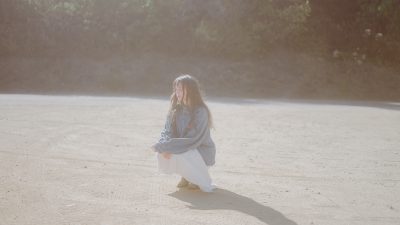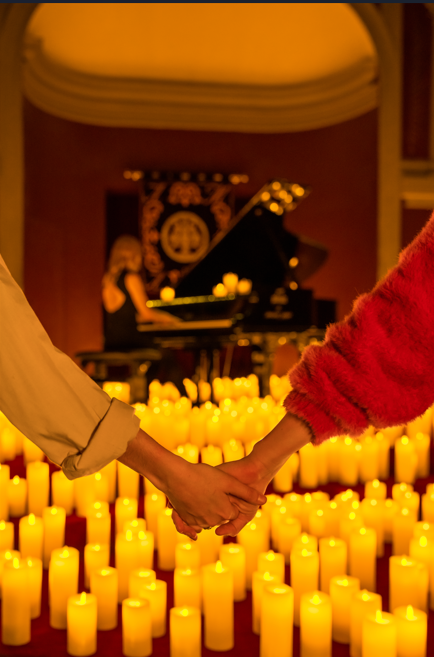Interview: Myth and movement with Young Magic
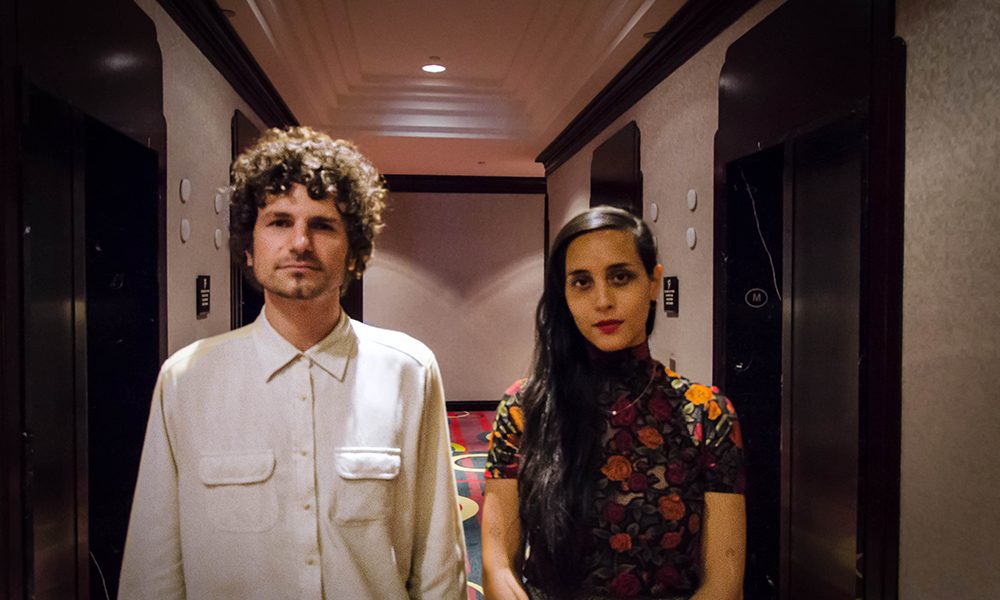
photo by Marcin Barciak
Musicians via Australia, Indonesia, Brooklyn and now the Catskill Mountains, Isaac Emmanuel and Melati Malay, the two members of the electronic, dream-pop group Young Magic, recently stopped by Toronto’s NXNE festival to showcase their eclectic sound. This reflective and gentle pairing, who have previously toured with Canada’s own Purity Ring, released their second album Breathing Statues earlier this year. Combining their synthetic sound with visuals of lush landscapes and wandering figures, it’s clear that travel is at the heart of their creative process.
On track to tour Europe this summer, the duo plan on heading back to their recently relocated home in upstate New York to begin work on their third album. We caught up with them, while they were in town, to discuss festivals and how they’re using both audio and visual elements to make music.
Laura Eley: Do you often come to Toronto?
Isaac Emmanuel: We have, yeah.
Melati Malay: We’ve always had a really good vibe here, we like coming back. It’s always been really lovely people and it’s always really responsive.
LE: How do you find playing single shows versus festivals different?
IE: I think the one night show you get more of a chance to set up the whole audio-visual component and we usually play with live visuals. You kind of get the lighting and the ambiance and everything.
MM: Yeah, you just have more time to figure everything out and make sure you’ve got all your things sorted and the show is as great as possible. At festivals you have like 20 minutes to get ready, so it’s a mad dash to get it all together. But to pull it off is a nice achievement.
IE: And it’s kind of strangely beautiful in its own way.
LE: I read that one of the earlier shows you played was the Iceland Airwaves. It seems like there’s a really interesting vibe that goes on in Iceland. Did you find that?
MM: It’s very, very special there.
IE: That was one of our favourite shows ever to play. It was at a venue called Nassau in Reykjavik.
MM: They showed us around to some amazing places, some incredible waterfalls. I’d just never seen a landscape like that before. It was kind of like we were on the moon.
IE: All this volcanic rock, purple flowers.
LE: Is mythology still very ingrained in the culture?
IE: The people are really spirited and the way they talk about their culture is not as an external, other thing, it’s real. There was this one moment in the hotel we were staying at where a girl was explaining this particular mountain head, which had been foreign…
MM: Well, there was this huge, monolithic rock and there was another one next to it, and the story was, if I remember correctly…
IE: It’s probably blasphemous to actually [tell it].
MM: …I don’t know if we should go there.
IE: The feeling was, when she was telling the story, there was a feeling in her eyes that it wasn’t a book quote thing, it was real. And that’s something you come across very rarely.
LE: How much do film and visual art play into your performance and presence as a group?
MM: It’s really important to us. I think you can just augment this whole sonic element of our band to another level and they give queue points to some of the ideas that we’re coming across, but never really…
IE: We don’t so much speak in a musical language to each other. It’s very imagery based, it’s very colour based and mood based. We both have backgrounds in the visual arts, in college and that kind of thing, so making music was something that came later for both of us. It kind of comes from that place instead. It’s something that’s very beautiful to us.
MM: It just has to be integrated [in our work].
LE: I know you’re not from originally from Brooklyn, but that’s where you’re based?
MM: We lived there for about seven years, but we just moved to upstate New York, right near Woodstock.
IE: It’s in the Catskill Mountains.
LE: Why did you decide to move?
IE: We went up originally to finish the new album actually, and I guess there was a romantic idea after spending time in the city and doing the first [album] in so many different places just to be in this one spot and finish it. We collected all these sounds from everywhere and we really just wanted to be up in the mountains, away from it all finishing this one, so kind of zoning in. And then we kind of just ended up staying up there.
LE: You recently released your second album, which you travelled around to a ton of different places to record. Do you think what was recorded would have changed if you’d recorded in a stationary location?
IE: I think movement is something that we really enjoy; it’s also something that we can’t really switch off. If we’re on a train somewhere or a bus, when we have the feeling of movement, often when we get back and look through those ideas, they’re really interesting to us. Just the feeling of travelling brings out something in us. It’s also about something that can’t be replicated again. And, field recordings. We make a lot of field recordings also.
LE: How do you decide where to go when you’re recording?
IE: It changes. A lot of it has popped up really randomly, sometimes there’ll be a friend of a friend and something will pop up, like “Can you come and house sit this place for a couple weeks” in some random place. And I guess instead of gawking at it, we jump on those things often. But also with our schedule and touring for the last record we try to find moments in between where we could go to a place and just…
MM: Just to feel out of your comfort zone and childlike again. You have this state of wonder that I love and I want to hang on to that. And travelling really lets you do that, because you’re just gob-smacked.
LE: What’s up next for you guys?
IE: We’re just finishing off this little run and then we’re going to Europe for a month for some shows and festivals, and then we’re going to record some more.
MM: Album number three.
IE: We finished this record off a while ago; we’re itching to record some new stuff. And then maybe some new touring.



